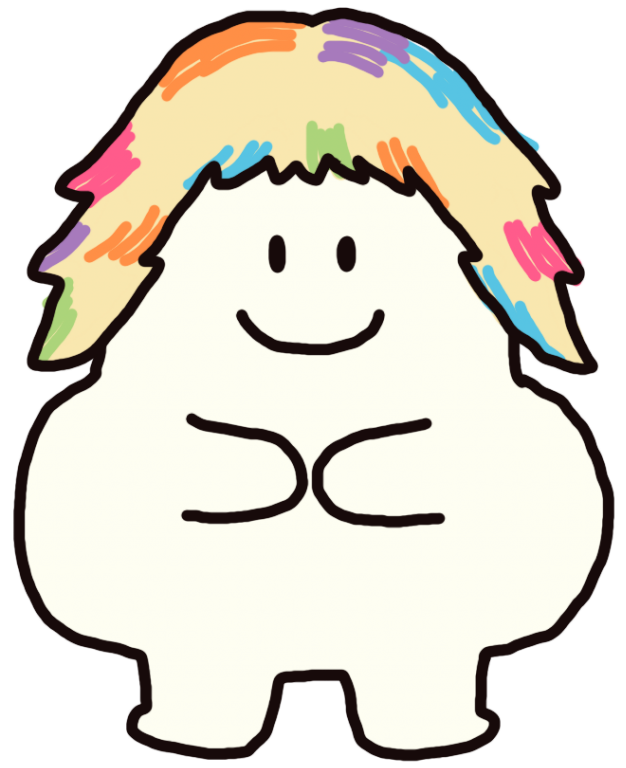In our final week, our project took a significant turn. We stepped back from our initial futuristic scenario set in the year 3000—a vision that had us lost in the whimsical rather than the practical. Acknowledging this, we refocused our efforts on a more conceivable future just two centuries ahead. This reframing made our task more grounded, allowing us to contemplate a future that bridged the gap between the present and the possible.
Our revised narrative concentrated on the evolution of childcare over the next 200 years. We came up with the idea of creating special companies to help people who are raising kids. For example, there could be an agency that helps new parents with advice and support. This would also help nannies and au pairs from all over the world get more respect and be seen as professionals.

Working well together was key as we prepared for our final presentation. We carefully planned what we would discuss, making sure everyone in our group had a fair part to speak. This teamwork really showed how well we’ve learned to work together during our project.
We changed our project to fit what we’re supposed to learn in our class. By focusing on a future that isn’t too far away, we’ve made up a story that’s creative but still believable. We’ve mixed together different kinds of knowledge and worked well as a team, which is important when considering how childcare jobs will change.
For the presentation day, we covered this unit’s main points. We began by telling the story of the world we imagined for the future and the work in this world, shared our research and interview feedback with our participants, and ended with our speculation. The Q&A session was an affirming experience. We answer how diverse family structures might incorporate the concept of Professional Parents. Our responses drew upon the collaborative learning and speculative insights developed over the unit, demonstrating how these new models of caregiving could be integrated into various familial scenarios. Our presentation was more than just a summary of our project. It showed how working together as a team, thinking about the future, and learning from real-life stories helped us understand what jobs in childcare might look like later on. We connected different ideas – like how important it is to care for others and how jobs might change – to make a clear picture of what we think the future could hold.
